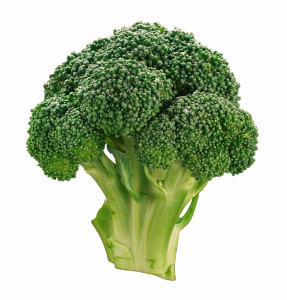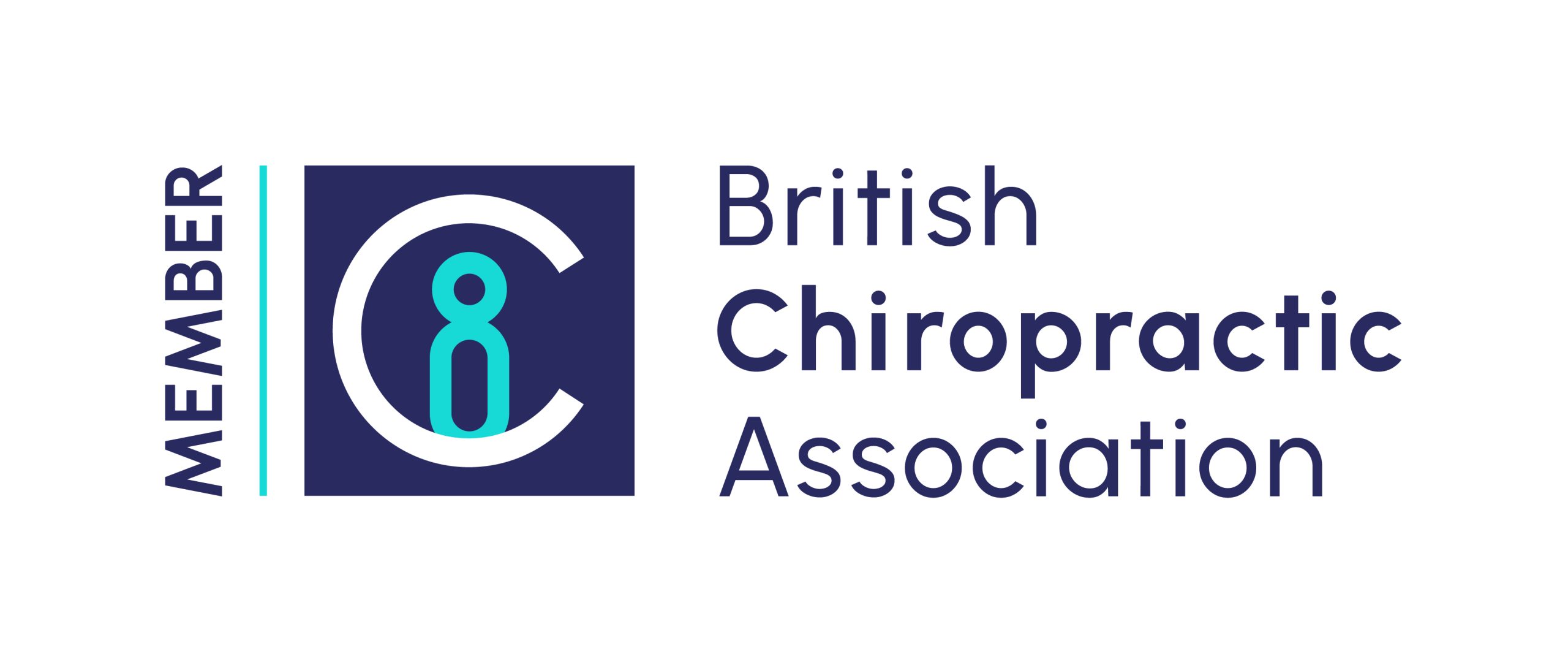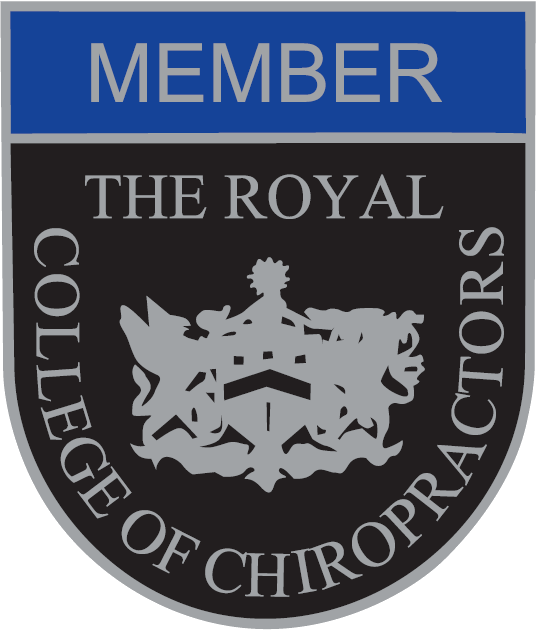 We are all much more conscious about what we eat and how our diet affects our health as well as our waistlines! Trying to make sense of all the scientific and pseudo-scientific advice in print, online and in the media is enough to give anyone a headache – so here is a brief explanation of how anti-inflammatory foods can be of benefit to you, whether you are trying to maintain a healthy weight, , increase your energy levels or just feel healthier.
We are all much more conscious about what we eat and how our diet affects our health as well as our waistlines! Trying to make sense of all the scientific and pseudo-scientific advice in print, online and in the media is enough to give anyone a headache – so here is a brief explanation of how anti-inflammatory foods can be of benefit to you, whether you are trying to maintain a healthy weight, , increase your energy levels or just feel healthier.
Inflammation.
There are many factors that predispose us to inflammation, these can include genetics, being under chronic stress, not taking enough exercise and toxins (both from dietary and environmental sources).
What is an Anti-Inflammatory Diet?
An anti-inflammatory diet includes:
1. Plenty of fruit and vegetables
Berries such as cranberries, blueberries, strawberries and raspberries, these are low in calories and rich in antioxidants and anti-inflammatory anthocyanins.
Garlic and Onions, these contain anti-inflammatory quercetin and allicin. Garlic has been shown to work similarly to the anti-inflammatory medicine, Ibuprofen!
Green Leafy Vegetables, these are rich in Vitamin E, thought to be important in protecting the body from inflammatory cytokines.
Tomatoes and Peppers, tomatoes (particularly when cooked), are a rich source of lycopene, beneficial for reducing inflammation throughout the body. Chilli and Cayenne peppers contain capsaicin a component of many topical ointments designed to reduce pain and inflammation.
2. Have a good source of Omega-3 Fatty Acids
If you do not eat oily fish, try adding one or two portions a week. Alternatively, you could take a fish oil supplement, eat a small handful of walnuts daily and consider taking some flax seed too.
3. Whole grains instead of refined carbohydrates
Eat whole grains such as brown rice and bulgur wheat instead of white bread and pasta. Their high fibre content can reduce levels of C-reactive protein, an inflammatory marker. Choosing unrefined, unprocessed products without added sugars is the best choice.
4. Choose Lean Proteins
Choose lower fat dairy products, white meats such as chicken. Choose ‘grass-fed’ beef when possible as this is generally less fatty and richer in healthy Omega-3 and Vitamin E.
5. Add a little spice!
Turmeric and ginger are just two of the delicious spices studied quite extensively for their potential as treatments and preventatives.
6. Cut down on saturated fats and trans-fats
Reduce your intake of saturated fats from butter, cream, full fat cheese, lard and fatty meats and your intake of trans-fats, particularly hydrogenated fats (formed when hydrogen is added to vegetable oil to cheaply improve flavour, texture and shelf-life of processed foods).
How Can Chiropractic Help?
A Chiropractor does far more than manipulations and spinal adjustments, Chiropractic care is a holistic treatment with Nutritional advice being a vital component. At Bradford House Chiropractic, we will be able to advise you on ways to include more anti-inflammatory foods in your diet as well as identifying any possible dietary allergens that could be contributing to your health problems.
Because there is no ‘one size fits all’ in Chiropractic, treatment and advice is specific to the needs of each patient. As we can only give general information here, it is important that you call the practice now on 01962 861188 to arrange an appointment to review your diet.










Really useful information for people with fibromyalgia or other causes of chronic pain.